Inside a ‘90s art school student house
- Text by HUCK HQ
- Photography by Marc Vallée

“I was certainly living a hedonistic life during the ‘90s,” says photographer Marc Vallée, reflecting on his time studying for a fine art MA at London Guildhall University, where he enrolled in 1997. “I’d go clubbing every night of the week at queer alternative clubs that crossed over with the art school, drinking and dancing to guitar-based music or hip hop.”
It was also a period marred by devastating loss: “I’d gone through a pretty horrific time in the 80s and early 90s, of losing a lot of friends, lovers, boyfriends to AIDS,” he says. “A lot of the work I was producing on the degree was very AIDS-related. It was very cathartic.”
When he wasn’t frequenting the many bars dotted around Soho, Marc would often hang out at his friends’ Jamie and Lloyd’s dilapidated house in Stratford, East London. “For the life of me, I can’t remember whether me and Jamie met in a club or at art school [Jamie was also studying fine art], and neither can he,” says Marc. Either way, the two men have remained friends to this day.
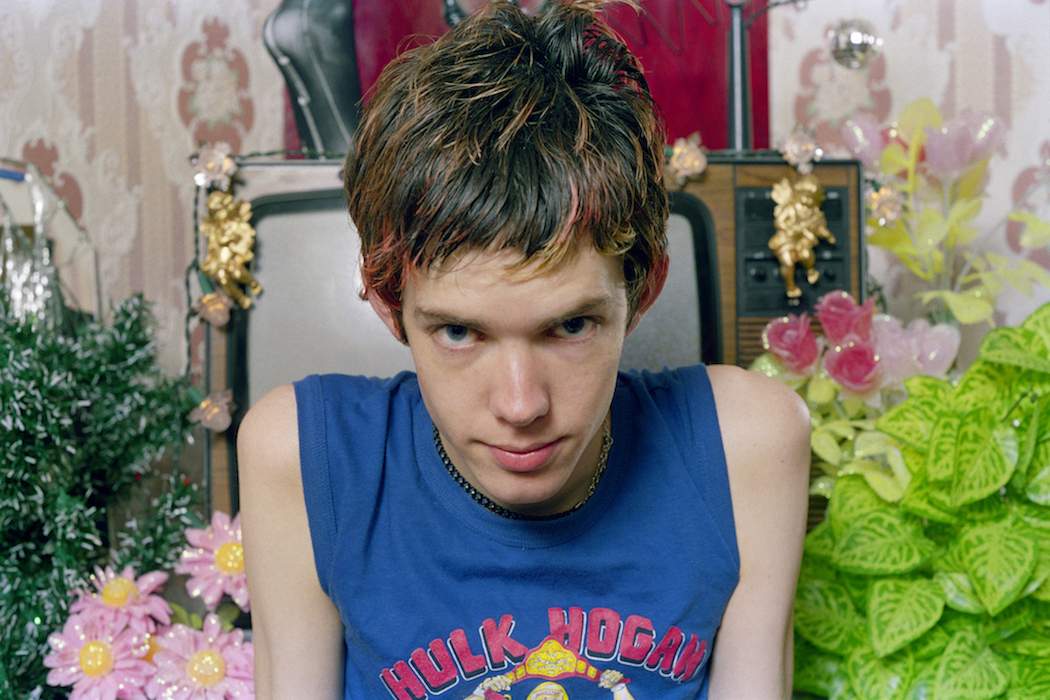
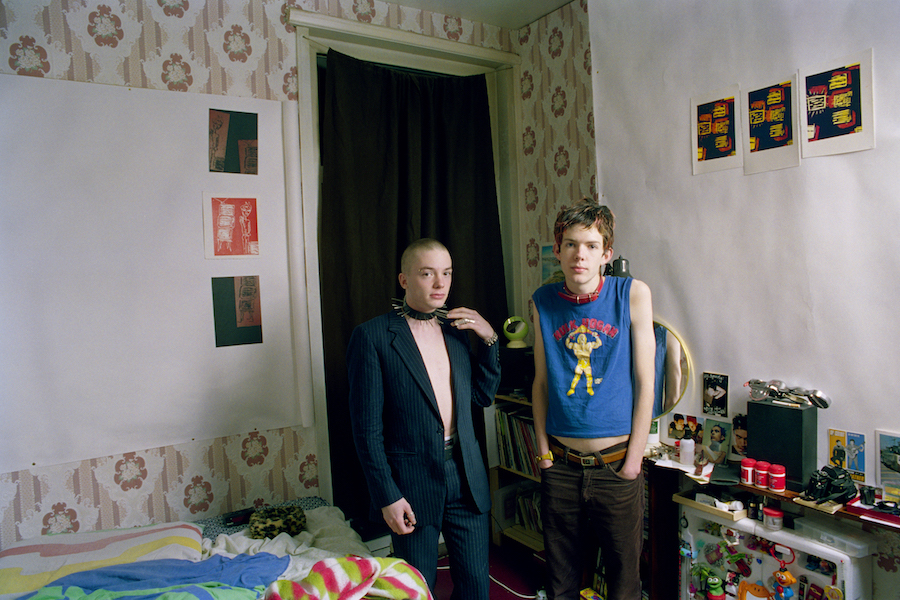
On one occasion in 1998, Marc, then in his late-20s, decided to shoot the housemates as part of a project for his MA. These photos now comprise a zine, titled When I was at Art School in the 90s.
Writing in the foreword for the zine, Jamie remembers days spent in the house “constantly dying our hair, pretending the matted stray cat was ours, planting a garden of plastic flowers in the living room”. Marc was, Jamie recalls, “a little older and more worldly than us [me and Lloyd]. He carried a skateboard and had met Derek Jarman.”
Marc remembers one day dragging a set of lights to the house for the shoot. While the photos were planned, they appear to show the young men in their natural habitat, trying on various outfits and different styles, pretending to be lovers, in a carefree creative display. The rawness of the images, combined with Jamie and Lloyd’s distinct nonchalance, speaks to the punk, grunge aesthetic synonymous with the decade.
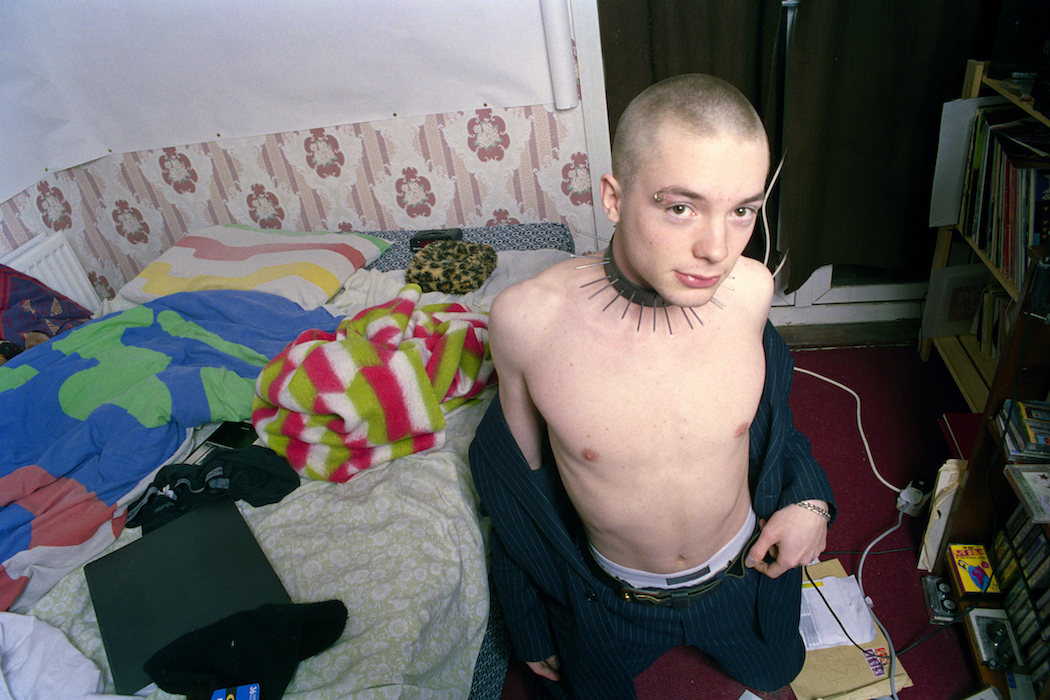
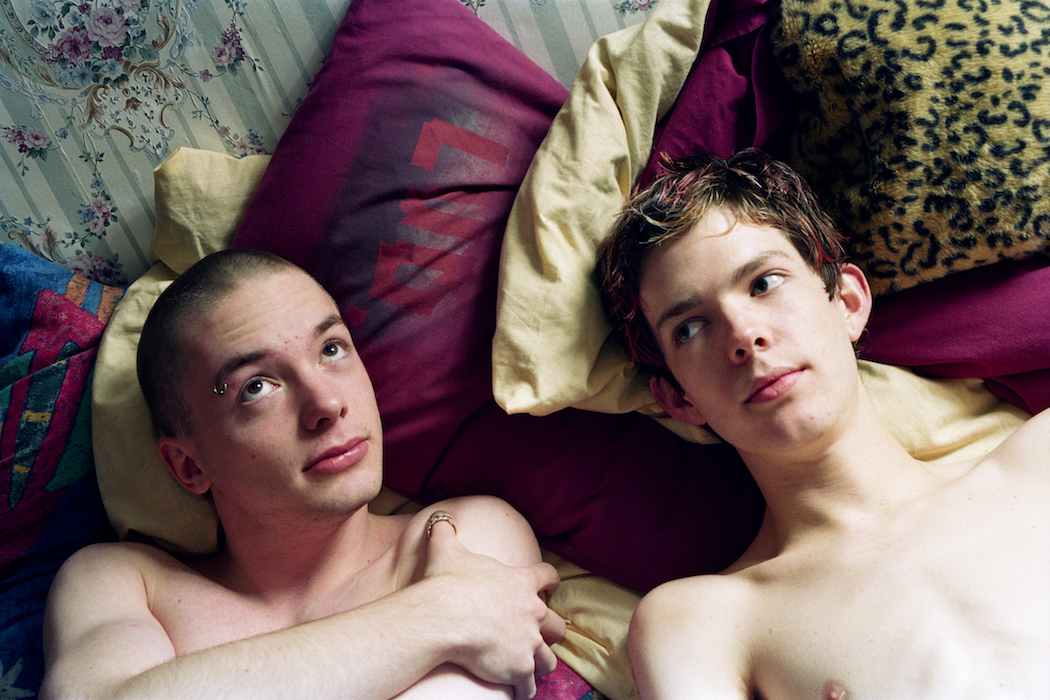
Marc remembers art school as an accepting haven for LGBTQ+ students: “We were very ourselves. I mean, you always had the serious straight boy who was usually a sculptor,” he says. “But I never felt any kind of feeling of being closeted.” Outside of art school, things were different, though. London was, Jamie describes, “a dangerous landscape for an eyelinered young homo to be flitting about… My wanderings were tinged with fear”.
Amid this at times hostile climate, Marc’s photos give the sense of two renegades discovering themselves on the fringes of society. But rather than over-romanticise this golden age for British art schools, in the zine’s forward, Jamie honestly recalls the realities of being a young, broke student. “Everyone else moved out [of the house] before the lease was up,” he remembers. “I was left in the dark, rummaging behind damp couch cushions in search of coins for the electric meter”.
The photos bridge this gap between reality and an imagined past, tinged with nostalgia. “Revisiting these pictures I realise they’re not just about the erotics of half-naked pasty twinks lounging around (although they certainly are about that),” reflects Jamie. “[They] seem to invite us into an almost spectral realm between the real and unreal, a sort of photographic witching hour.”
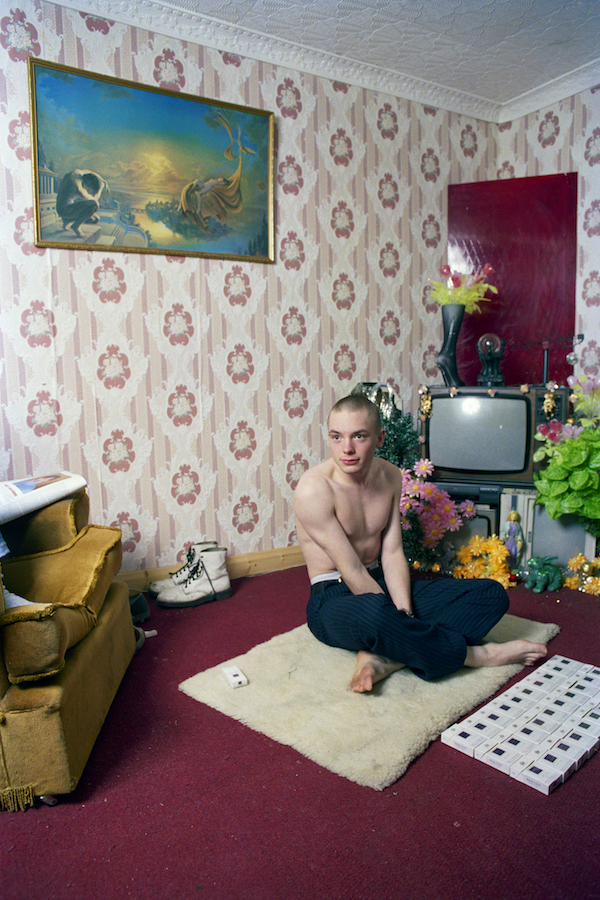
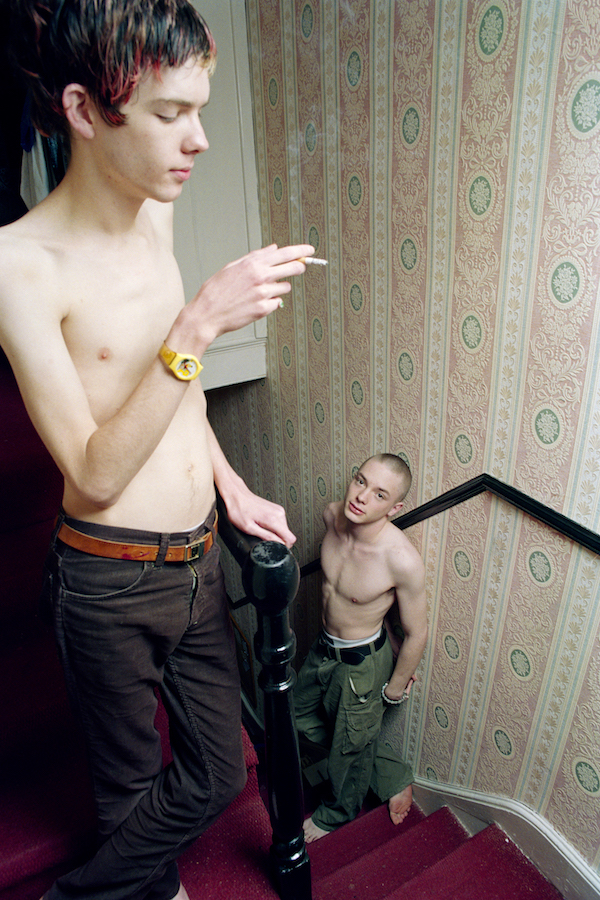
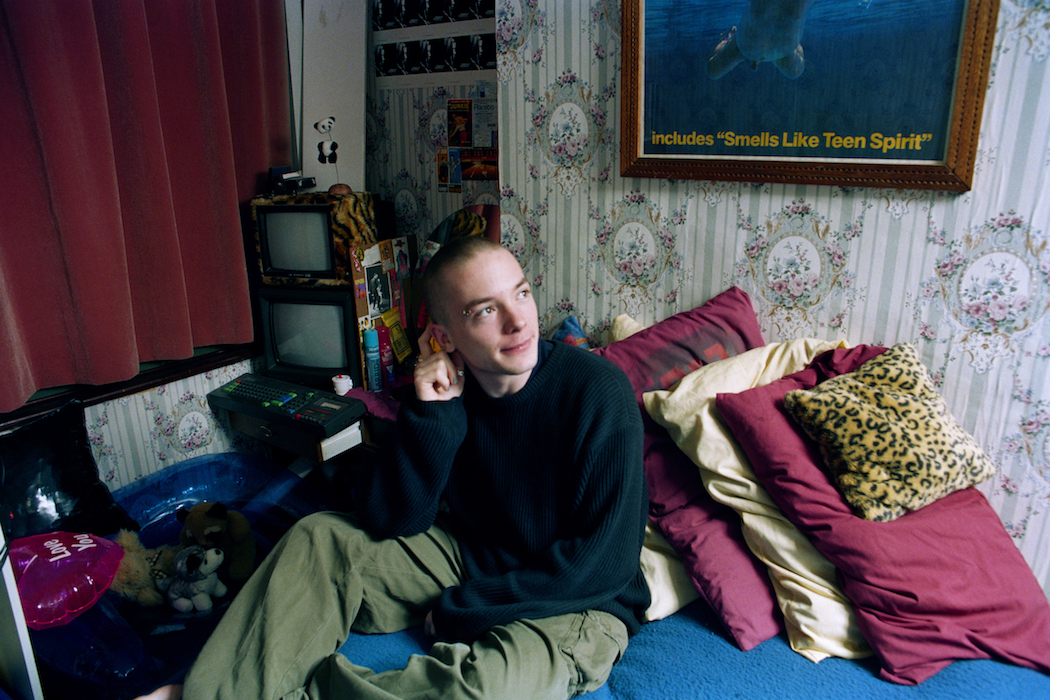
You might like

“Humanity’s big threat is our disconnect from nature”: Craig Richards and Chris Levine in conversation
Lighting up — With Houghton Festival collaborating with artist Chris Levine in its most recent edition, we sat down with the light artist and the festival’s creative director Craig Richards to chat about their new installations, and the role of art and music in tumultuous times.
Written by: Isaac Muk

Three heart wrenching poems from Gaza
Writings that narrate — With Gaza’s population facing starvation, we are handing over our website to Yahya Alhamarna, a displaced poet and student in Gaza, who shares some of his recent poetry, and explains why writing is so important to him.
Written by: Yahya Alhamarna

Meet Lady Pink, the ‘First Lady’ of graffiti
Miss Subway NYC — As a leading writer and artist in a man’s world, Sandra Fabara has long been a trailblazer for girls in underground art. Now, her new show touches on her legacy, while looking to the future.
Written by: Isaac Muk

As Grindr scams in India rise, its LGBTQ+ community fights back
Red flags — Through mobilising the threat of outing queer folk, scammers are using dating apps to find targets for extortion, violence and blackmail. Mansi Rathee and Amir Bin Rafi spoke to people who have been affected, and reported on the community’s work to support victims and raise awareness.
Written by: Mansi Rathee

Will internet age verification actually work?
VPN Summer — With the Online Safety Act coming into force over the weekend, the UK woke up to find pornography, but also any content deemed “harmful” hidden behind an ID wall. But young people are far too tech savvy to be deterred, explains newsletter columnist Emma Garland, who also warns of the dangers of mass data harvesting.
Written by: Emma Garland

Inside the fight against Japan’s ‘nuisance streamer’ epidemic
The business of brain rot — Taking advantage of a culture of tolerance and unwritten social rules, streamers searching for virality are increasingly targeting the far east country with outlandish stunts and pranks. As outrage builds towards foreign creators, ‘responsible streamers’ are speaking up.
Written by: Sophie Holloway

